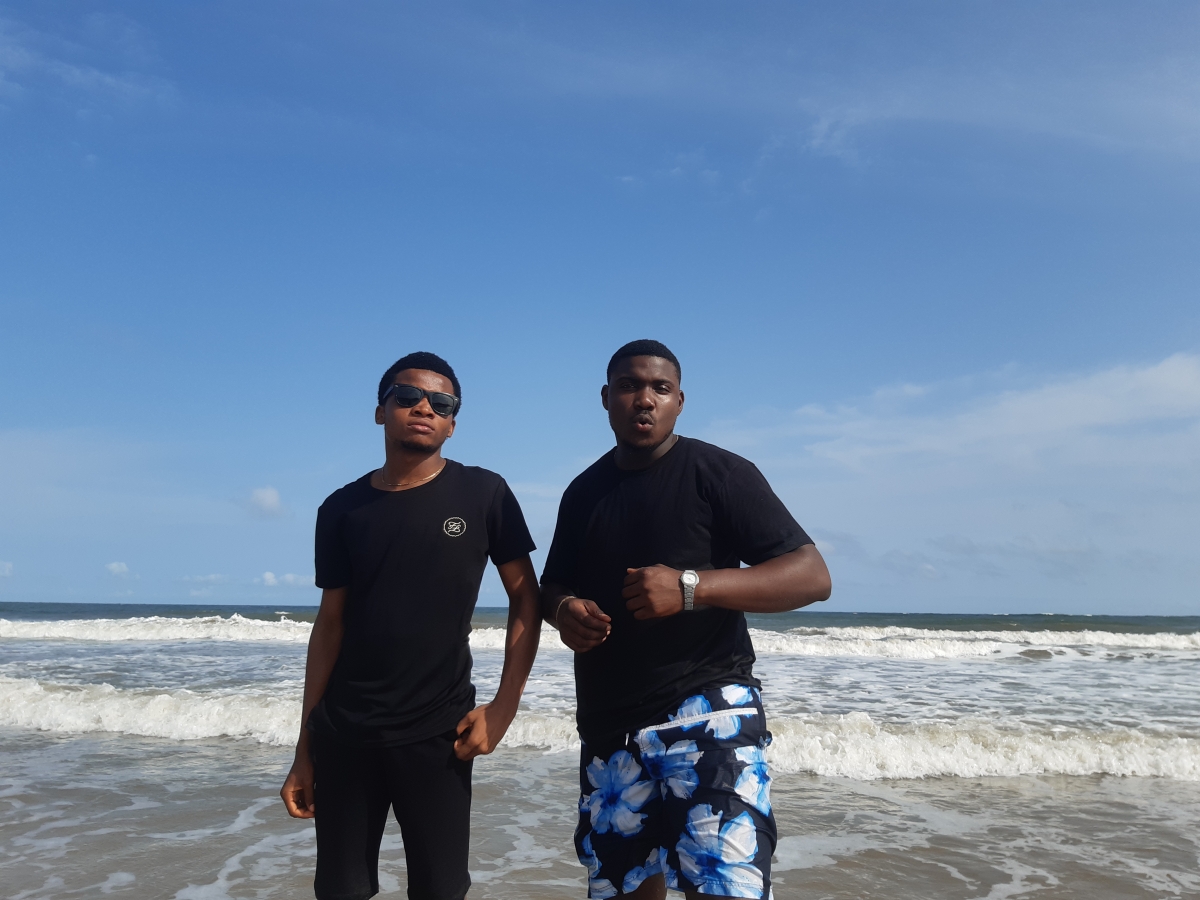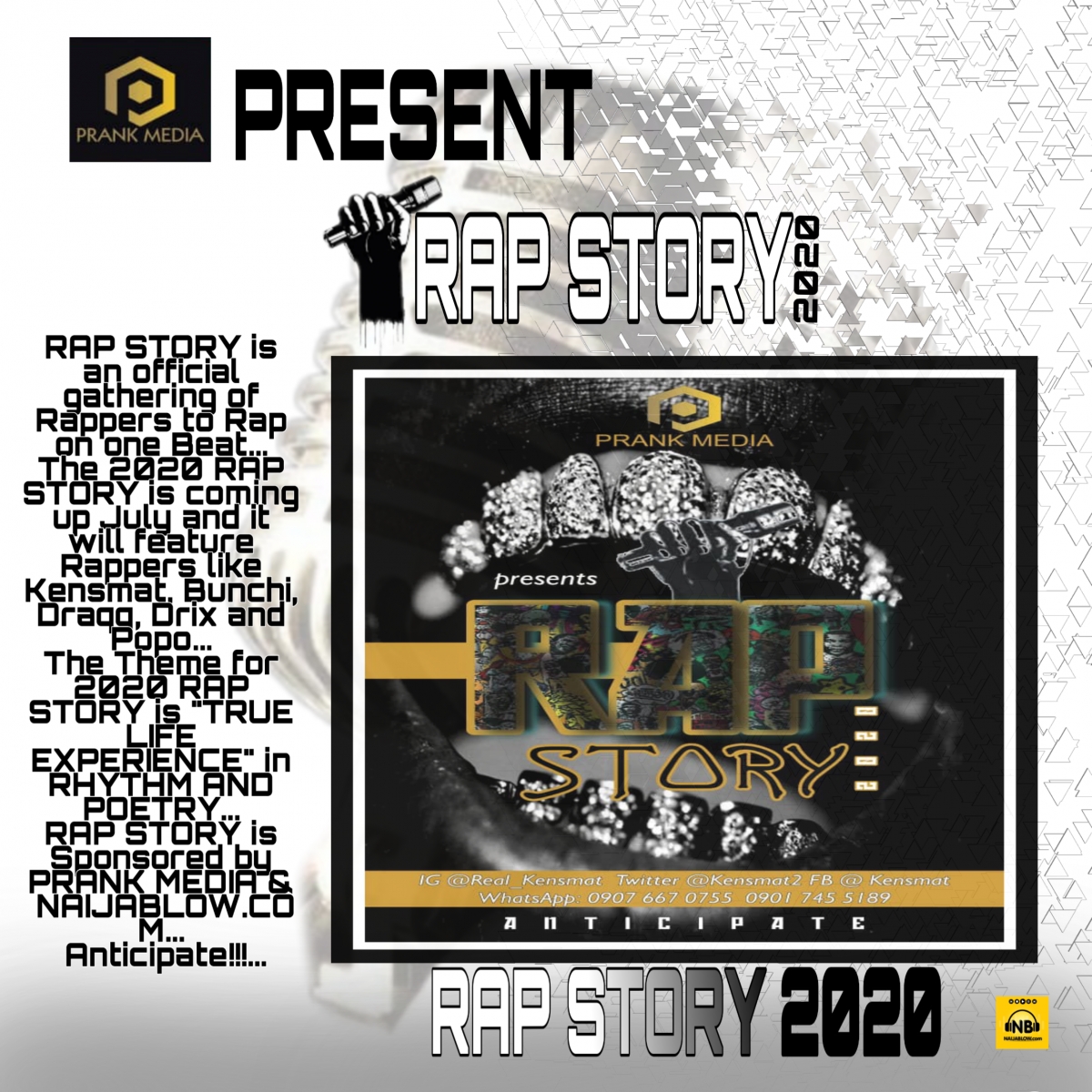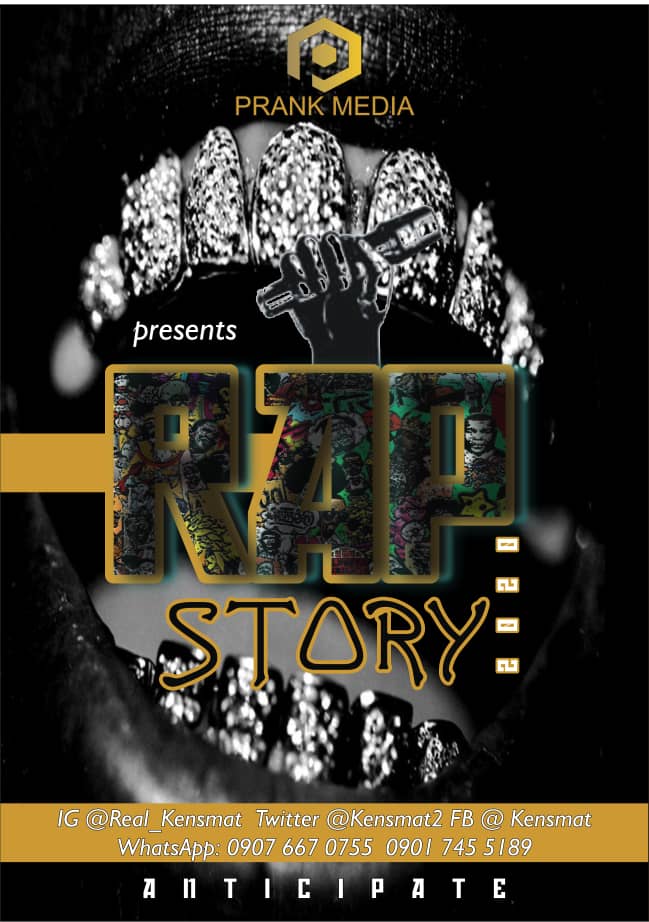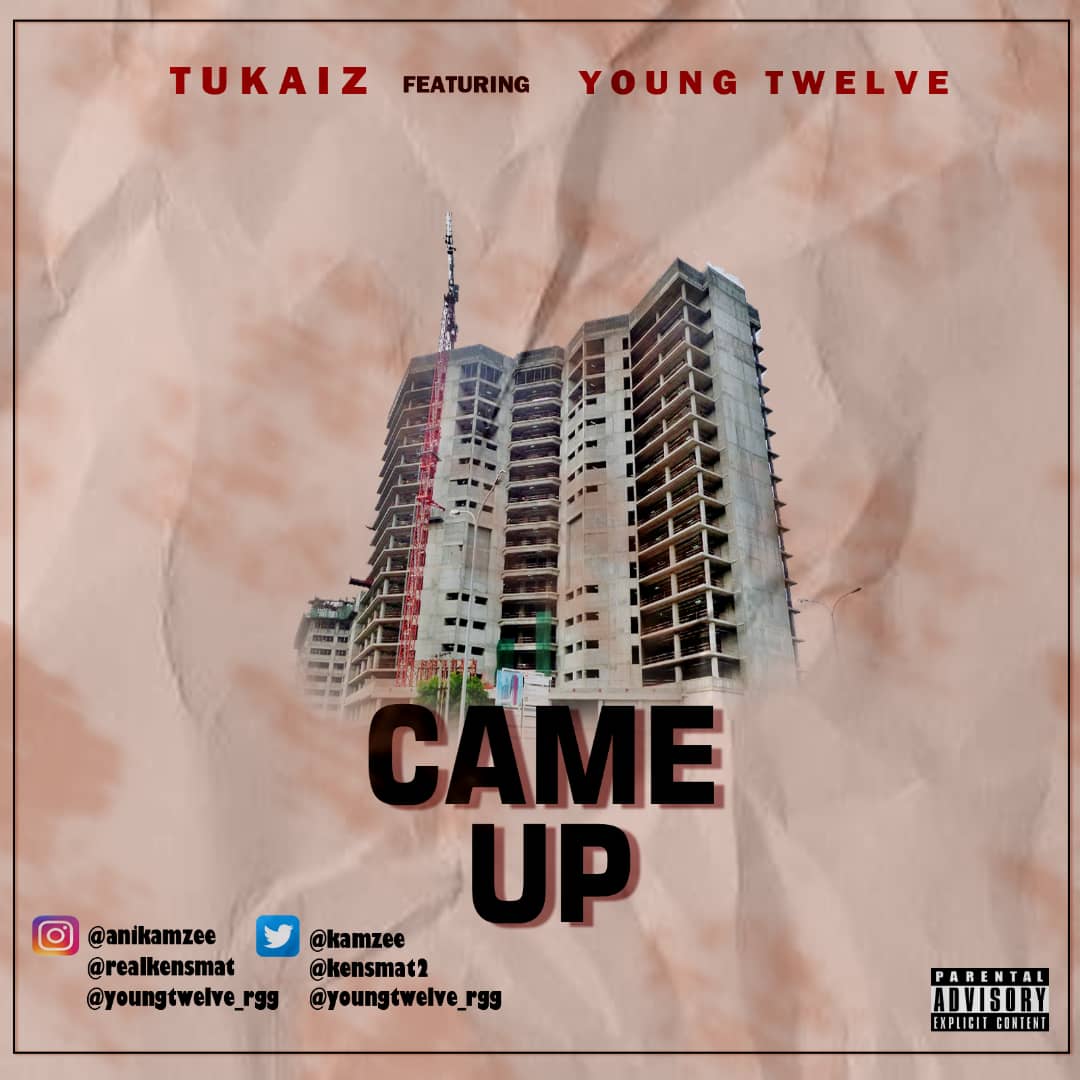Ibiono Ibom Traditional Theatre Practices. Written by Abasiofiok Matthew (Kensmat)
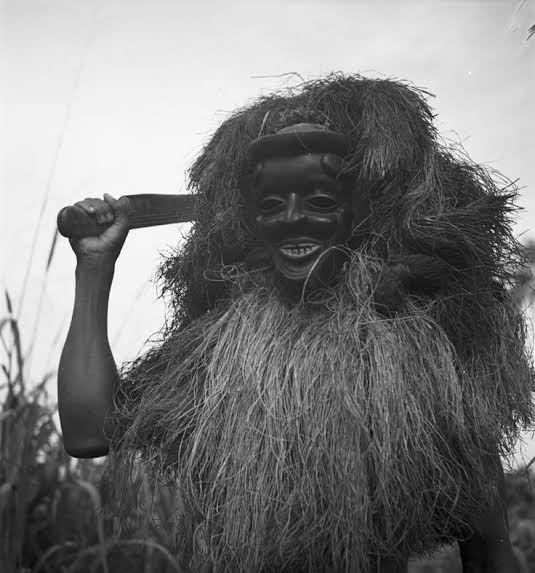
INTRODUCTION
This Study Explores the Pros and Cons of traditional performances practice by the Ibiono-Ibibio Traditional Society of Akwa-Ibom State, Ekput community to be precise. In every culture, important traditional practices exist which celebratelife-cycle transitions, perpetuates community cohesion, or transmits traditional values to subsequent generations. These traditions reflect norms of care and behaviour based on age, lifestage, gender and social classes. My research methodology employed was ethnographic and the use of oral tradition. Existing literatures on the subject matter were also made use of in analyzing the subject matter in question. The institution of traditional performances, the benefits and effects as well as the continuity and changes were examined.
Through this research, it was established that despite the benefits of the traditional performances to the Ibiono traditional society, the disadvantages tends to outwit the benefits, with its enormous influence, thereby creating economic, educational, social, political and religious effects on the people, which has resulted to developmental retrogression in Ibiono traditional society. Therefore, one will recommend that, while not adopting the negative/harmful practices of traditional/cultural performances, the good part must be preserved and mingle with the modern concept thereby maintaining the peoples distinctiveness.
This Study Explores the Pros and Cons of traditional performances practice by the Ibiono-Ibibio Traditional Society of Akwa-Ibom State, Ekput community to be precise. In every culture, important traditional practices exist which celebratelife-cycle transitions, perpetuates community cohesion, or transmits traditional values to subsequent generations. These traditions reflect norms of care and behaviour based on age, lifestage, gender and social classes. My research methodology employed was ethnographic and the use of oral tradition. Existing literatures on the subject matter were also made use of in analyzing the subject matter in question. The institution of traditional performances, the benefits and effects as well as the continuity and changes were examined.
Through this research, it was established that despite the benefits of the traditional performances to the Ibiono traditional society, the disadvantages tends to outwit the benefits, with its enormous influence, thereby creating economic, educational, social, political and religious effects on the people, which has resulted to developmental retrogression in Ibiono traditional society. Therefore, one will recommend that, while not adopting the negative/harmful practices of traditional/cultural performances, the good part must be preserved and mingle with the modern concept thereby maintaining the peoples distinctiveness.
Did you know? You can comment on this post! Just scroll down
1. ASIAN UBOIKPA
Asian Uboikpa (Pride of a Maiden) is a traditional dance mostly performed by the maidens of Ikpa, Ibiono Ibom Local Government Area of Akwa Ibom State. History has it that this dance is performed by the maidens between the ages of 18 and 25 who had successfully gone through the seclusion institution known as Mboppo.
Mboppo is a period in which a girl is confined, nurtured and drilled on all aspects of home management in preparation for marriage. Asian Uboikpa therefore, in its visual appeal celebrates and affirms the youthful innocence in their beauty and endowment while show-casing the popular admonition among the Akwa Ibom people that “Chastity once lost, is lost forever.” Asian Uboikpa is a dance which marks the coming of age of a maiden. As the name implies, the dance is performed by those who are seen in the society as proud maidens. What makes them proud is the ability to adhere to the norms and values of the society. Pride of a Maiden is the ability to remain a virgin from birth through the confinement period to marriage. Such girls are mostly respected by all, in order words girls who lose their virginity before marriage cannot be allowed into the group.
HISTORICAL BACKGROUND:
Asian Uboikpa dates back to time immemorial. There are no factual records regarding the year this dance came to existence. However, it is said to be an oral traditional performance. Historically, in those days, when the ladies (mainly farmers) returned from the day’s farming activities, just to lighten up, they regrouped themselves in singing, dancing and displaying their beauty scornfully to the admiration of the men around, and that gave birth to what is now known as Asian Uboikpa Dance (pride of the Maiden).
COSTUMES:
Afong Idem Awowan - Sleeveless beaded female blouse
Afong Ukod Awowan - Short skirts worn to cover the lower region
Nkwa Itong - Beads worn round the neck for decoration
Mbob Iwod - Head band
Nsa Ebok - Small leg rattles.
HAND PROPS:
Afong Ukuo iso - White Handkerchief
Ufum Idem - Hand Fan
Ufiom - Whistle
MAKEUP:
Ndom - White native chalk for body and leg designs
Nsang - Red native chalk for body and leg designs
INSTRUMENTS:
Eka Ibid - Bass drum
Eka mme nyin Obodom - 2 Slit drums
Ntok ibid Iba - 2 Small drums
Asiko - Talking drum
Nsak - Marakas
Ntakrok - Woodblock
Metal gong.
NUMBER OF DANCERS AND HOW IT IS DISPLAYED:
The dance is sustained by the use of songs and instruments. The composition of the instrumentalist is gender friendly. That is to say that both men and women can play the instrument but, the dancers are mainly females. At the initial time, there was no specific number of dancers but now, the number varies between 4 & 8 as the case may be.
At the beginning of the dance, the drummers start with an introductory piece in order to alert the dancers to get ready. The instrumentation follows immediately with songs. The dance is performed in segments. First, the lead dancer is ushered by the drummer into the arena, she greets the drummers, the audience and then beckons on the rest of the dancers to join her. But, in some cases, all the dancers come at once into the arena with the lead dancer in the middle. Every movement done is around the lead dancer who has a whistle and also keeps control of other maidens with rigorous dance step which is dominated by waist movement. Their flexibility and choreography in response to the rhythm is a beauty to watch.
Asian Uboikpa (Pride of a Maiden) is a traditional dance mostly performed by the maidens of Ikpa, Ibiono Ibom Local Government Area of Akwa Ibom State. History has it that this dance is performed by the maidens between the ages of 18 and 25 who had successfully gone through the seclusion institution known as Mboppo.
Mboppo is a period in which a girl is confined, nurtured and drilled on all aspects of home management in preparation for marriage. Asian Uboikpa therefore, in its visual appeal celebrates and affirms the youthful innocence in their beauty and endowment while show-casing the popular admonition among the Akwa Ibom people that “Chastity once lost, is lost forever.” Asian Uboikpa is a dance which marks the coming of age of a maiden. As the name implies, the dance is performed by those who are seen in the society as proud maidens. What makes them proud is the ability to adhere to the norms and values of the society. Pride of a Maiden is the ability to remain a virgin from birth through the confinement period to marriage. Such girls are mostly respected by all, in order words girls who lose their virginity before marriage cannot be allowed into the group.
HISTORICAL BACKGROUND:
Asian Uboikpa dates back to time immemorial. There are no factual records regarding the year this dance came to existence. However, it is said to be an oral traditional performance. Historically, in those days, when the ladies (mainly farmers) returned from the day’s farming activities, just to lighten up, they regrouped themselves in singing, dancing and displaying their beauty scornfully to the admiration of the men around, and that gave birth to what is now known as Asian Uboikpa Dance (pride of the Maiden).
COSTUMES:
Afong Idem Awowan - Sleeveless beaded female blouse
Afong Ukod Awowan - Short skirts worn to cover the lower region
Nkwa Itong - Beads worn round the neck for decoration
Mbob Iwod - Head band
Nsa Ebok - Small leg rattles.
HAND PROPS:
Afong Ukuo iso - White Handkerchief
Ufum Idem - Hand Fan
Ufiom - Whistle
MAKEUP:
Ndom - White native chalk for body and leg designs
Nsang - Red native chalk for body and leg designs
INSTRUMENTS:
Eka Ibid - Bass drum
Eka mme nyin Obodom - 2 Slit drums
Ntok ibid Iba - 2 Small drums
Asiko - Talking drum
Nsak - Marakas
Ntakrok - Woodblock
Metal gong.
NUMBER OF DANCERS AND HOW IT IS DISPLAYED:
The dance is sustained by the use of songs and instruments. The composition of the instrumentalist is gender friendly. That is to say that both men and women can play the instrument but, the dancers are mainly females. At the initial time, there was no specific number of dancers but now, the number varies between 4 & 8 as the case may be.
At the beginning of the dance, the drummers start with an introductory piece in order to alert the dancers to get ready. The instrumentation follows immediately with songs. The dance is performed in segments. First, the lead dancer is ushered by the drummer into the arena, she greets the drummers, the audience and then beckons on the rest of the dancers to join her. But, in some cases, all the dancers come at once into the arena with the lead dancer in the middle. Every movement done is around the lead dancer who has a whistle and also keeps control of other maidens with rigorous dance step which is dominated by waist movement. Their flexibility and choreography in response to the rhythm is a beauty to watch.
OCCASION PERFORMED AND REASON WHY IT IS PERFORMED:
Asian Uboikpa as the name implies, marks the coming of age of the maidens and is usually performed during the outing ceremonies of Mbopo from the seclusion room. “When the young lady comes out of the room she is worth celebrating and thus her friends who had passed this, do the dance for her in joy.” Here, they do the dexterous movements to the admiration of their would be suitors. But now the dance has been commercialized due to demand by the people who would want to see it again and again. So, it can be performed at various occasions like: Coronations, Funerals, Marriages and Ceremonies of all sorts.
Asian Uboikpa as the name implies, marks the coming of age of the maidens and is usually performed during the outing ceremonies of Mbopo from the seclusion room. “When the young lady comes out of the room she is worth celebrating and thus her friends who had passed this, do the dance for her in joy.” Here, they do the dexterous movements to the admiration of their would be suitors. But now the dance has been commercialized due to demand by the people who would want to see it again and again. So, it can be performed at various occasions like: Coronations, Funerals, Marriages and Ceremonies of all sorts.
2. EKPO EKONG
Ekpo Ekong (Ekong Masquerade) is the most popular traditional performance that can be found in Ibiono Ibom, it is one of the surviving traditional performances that is practice by major communities in Ibiono Ibom.
Ekpo Ekong being a Sacred Ritual Practice is highly ritualistic, it is meant for the initiates alone and women can not be initiated by any means, therefore non-initiates, women, and children are not allowed to watch or participate in the performance. It's origin has variations of stories, some believe it was enacted to enable the women stay at home and rest. Some believe it was enacted to enable the able men and elders to seat on a table and make merry. Some also believe that it was from a security guards or warriors that used to protect the community bandry from Intruders in the night. How ever it has been practiced for over a century now.
SCHEDULE FOR THE PERFORMANCE:
Ekpo Ekong takes place annually, the performance runs from early July to late September, there is no exact date slated for the performance. It's always begin with one village performing some spiritual rites known as (Siak Afang Ekong), after which other villages will join and do same. Any village that fail to perform this ritual will not take part in that year's performance, and by that note, the Ekong Masquerade if visit that particular village, will not be restricted to be seen by the villagers, because they are not part of the performance.
During the process in which the root for the performance is been opened (Siak Afang), they often build a little hurt (Afe Ekong) in the bush where all the masks and costumes are been kept and this hurt is regarded as a sacred place, meant for only strong initiates (those initiated to perform).
The performance takes place every night on the street. This served as security in a sense that no body can Come into the village without them knowing. Apart from using the night, they also make use of a particular market day known as Edemetaha; On this market day, no school,no market, no stream, no farm, no movement by the non initiates, women and children. Only the initiates can move around, this day serves as a resting day for the women. While the Ekong group sing, eat, drink and steal. They often move around the village singing different kind of songs.
TYPES OF EKONG MASQUERAD:
Masked: This type are called "Ayara Ekong" they are also referred to as " Akpan Akanawan", they were black mask which covers their faces opening the eyes and nose alone; the eyes and nose openings are painted red. They were black rafia on their body and paint their hands and legs black. They hold a machete on their right hand and palm frond on their left hand.
Unmasked: This type are called "Eka Ekpo" (Mother Masquerade), They don't put on mask, they play using sticks as their drums and sing, and they are highly dignified and esteemed. This type only go out once in a while, and when they are out, the village is expected to remain in absolute silence.
When an initiate see the masked Ekong, they are expected to answer some questions, in some cases they are asked to interpret a critique sign known as "Nsibidi", and if they fail to interpret the Nsibidi, they will be kidnapped and taken to the Afe Ekong where they will be forced to be initiated after paying with gifts e.g Dog, plantain etc. This are the specified gift they request.
When an initiate see the unmasked Ekong, they are expected to remove their shoes and remain bay foot till they pass, as sign of respect. But if it is a non initiate, the Ekong will go to the person's house and drop a pot which is called "Mbiam" with palm fronds then request for lot of gifts from the family. And if they fail to comply, tht family may start experiencing death or deathly sicknesses.
Ekpo Ekong (Ekong Masquerade) is the most popular traditional performance that can be found in Ibiono Ibom, it is one of the surviving traditional performances that is practice by major communities in Ibiono Ibom.
Ekpo Ekong being a Sacred Ritual Practice is highly ritualistic, it is meant for the initiates alone and women can not be initiated by any means, therefore non-initiates, women, and children are not allowed to watch or participate in the performance. It's origin has variations of stories, some believe it was enacted to enable the women stay at home and rest. Some believe it was enacted to enable the able men and elders to seat on a table and make merry. Some also believe that it was from a security guards or warriors that used to protect the community bandry from Intruders in the night. How ever it has been practiced for over a century now.
SCHEDULE FOR THE PERFORMANCE:
Ekpo Ekong takes place annually, the performance runs from early July to late September, there is no exact date slated for the performance. It's always begin with one village performing some spiritual rites known as (Siak Afang Ekong), after which other villages will join and do same. Any village that fail to perform this ritual will not take part in that year's performance, and by that note, the Ekong Masquerade if visit that particular village, will not be restricted to be seen by the villagers, because they are not part of the performance.
During the process in which the root for the performance is been opened (Siak Afang), they often build a little hurt (Afe Ekong) in the bush where all the masks and costumes are been kept and this hurt is regarded as a sacred place, meant for only strong initiates (those initiated to perform).
The performance takes place every night on the street. This served as security in a sense that no body can Come into the village without them knowing. Apart from using the night, they also make use of a particular market day known as Edemetaha; On this market day, no school,no market, no stream, no farm, no movement by the non initiates, women and children. Only the initiates can move around, this day serves as a resting day for the women. While the Ekong group sing, eat, drink and steal. They often move around the village singing different kind of songs.
TYPES OF EKONG MASQUERAD:
Masked: This type are called "Ayara Ekong" they are also referred to as " Akpan Akanawan", they were black mask which covers their faces opening the eyes and nose alone; the eyes and nose openings are painted red. They were black rafia on their body and paint their hands and legs black. They hold a machete on their right hand and palm frond on their left hand.
Unmasked: This type are called "Eka Ekpo" (Mother Masquerade), They don't put on mask, they play using sticks as their drums and sing, and they are highly dignified and esteemed. This type only go out once in a while, and when they are out, the village is expected to remain in absolute silence.
When an initiate see the masked Ekong, they are expected to answer some questions, in some cases they are asked to interpret a critique sign known as "Nsibidi", and if they fail to interpret the Nsibidi, they will be kidnapped and taken to the Afe Ekong where they will be forced to be initiated after paying with gifts e.g Dog, plantain etc. This are the specified gift they request.
When an initiate see the unmasked Ekong, they are expected to remove their shoes and remain bay foot till they pass, as sign of respect. But if it is a non initiate, the Ekong will go to the person's house and drop a pot which is called "Mbiam" with palm fronds then request for lot of gifts from the family. And if they fail to comply, tht family may start experiencing death or deathly sicknesses.
3. EKPA MMA (EKPRI AKATA)
Ekpa Mma is a traditional performance that takes place in the night, it is being called Ekpri Akata in the Efik land. It is a cultural display that serves as a powerful medium of disseminating of information in the communities. It has the power to reveal and transmit to the populace secret deeds of men, women and youth in the society, thereby curbing crime and promoting integrity. In this orchestra, the message of the text takes precedence over the music, which is used to attract attention.
Ekpa Mma uses dried plantain leafs as it's costumes and uses masks on is face, they speak in a cunning voice which they claim that it is nostril disease that coursed it. He gossip alot and always exaggerates on issues in the land. He speaks alot, giving incomplete stories. Ekpa Mma is much afraid of light, he claims he doesn't want anyone to see his nostril disease, for this reason, he loves performing in the night.
Ekpa Mma Does not visit any village until the eve of the end of year and after the celebration they leave. They gossip and sing any where they go, and it is often songs pertaining to the women's moon light play.
Ekpa Mma is a traditional performance that takes place in the night, it is being called Ekpri Akata in the Efik land. It is a cultural display that serves as a powerful medium of disseminating of information in the communities. It has the power to reveal and transmit to the populace secret deeds of men, women and youth in the society, thereby curbing crime and promoting integrity. In this orchestra, the message of the text takes precedence over the music, which is used to attract attention.
Ekpa Mma uses dried plantain leafs as it's costumes and uses masks on is face, they speak in a cunning voice which they claim that it is nostril disease that coursed it. He gossip alot and always exaggerates on issues in the land. He speaks alot, giving incomplete stories. Ekpa Mma is much afraid of light, he claims he doesn't want anyone to see his nostril disease, for this reason, he loves performing in the night.
Ekpa Mma Does not visit any village until the eve of the end of year and after the celebration they leave. They gossip and sing any where they go, and it is often songs pertaining to the women's moon light play.
4. EKPO NYOHO
ORIGIN
This masquerade is believed to be ancestral spirits which exhume themselves from their graves to roam around town in certain times of the year. To convince people that they are actually exhumed entities , these masquerades usual try their best to look ugly and scary.
ORIGIN
This masquerade is believed to be ancestral spirits which exhume themselves from their graves to roam around town in certain times of the year. To convince people that they are actually exhumed entities , these masquerades usual try their best to look ugly and scary.
COSTUMES
The Ekpo masquerade is usually made up of a huge ugly mask, a masquerade clothing (rafia) and a matchet on it's hand or stick as the case may be. The mask is usually very huge and can have various designs. All designs are crafted in such a way that the masquerades look ugly and scary.
It does not talk with normal human voice but has a special voice which it communicates and use to further scare people away. It has normal human parts However, the skin is painted with charcoal to agree with the superstition which is spread about it. In ancient history of Ekput village in Ibiono Ibom Local Government Area, this masquerade is dreaded and women are forbidden from seeing them. It is widely believed that if a woman sees an ekpo masquerade , the woman might become barren or die. This is even more dreaded if the woman is pregnant as it believed that the pregnant woman will give birth to a monster.
The Ekpo masquerade is usually made up of a huge ugly mask, a masquerade clothing (rafia) and a matchet on it's hand or stick as the case may be. The mask is usually very huge and can have various designs. All designs are crafted in such a way that the masquerades look ugly and scary.
It does not talk with normal human voice but has a special voice which it communicates and use to further scare people away. It has normal human parts However, the skin is painted with charcoal to agree with the superstition which is spread about it. In ancient history of Ekput village in Ibiono Ibom Local Government Area, this masquerade is dreaded and women are forbidden from seeing them. It is widely believed that if a woman sees an ekpo masquerade , the woman might become barren or die. This is even more dreaded if the woman is pregnant as it believed that the pregnant woman will give birth to a monster.
s
5. ABON
Abon is a traditional performance that exists in some part of Ibiono Ibom Local Government Area, it is often used in occasions for entertainment. Abon always build a little hurt with palm fronds where only the initiates will stay this hurt is regarded as a sacred place, all the drums, masks and costumes are being kept in the hurt.
COSTUMES
Rafia lion-like costume which is used for the Ekpe Abon
HOW IT IS BEING DISPLAYED
The masked one which is known as "Ekpe Abon" will come out of the hurt, dressed like a lion, and then those ones inside will start drumming while the Ekpe Abon will start dancing and entertaining the audience.
5. ABON
Abon is a traditional performance that exists in some part of Ibiono Ibom Local Government Area, it is often used in occasions for entertainment. Abon always build a little hurt with palm fronds where only the initiates will stay this hurt is regarded as a sacred place, all the drums, masks and costumes are being kept in the hurt.
COSTUMES
Rafia lion-like costume which is used for the Ekpe Abon
HOW IT IS BEING DISPLAYED
The masked one which is known as "Ekpe Abon" will come out of the hurt, dressed like a lion, and then those ones inside will start drumming while the Ekpe Abon will start dancing and entertaining the audience.
Article Posted 5 Months ago. You can post your own articles and it will be published for free.
No Registration is required! But we review before publishing! Click here to get started
One Favour Please! Subscribe To Our YouTube Channel!
468k
Cook Amazing Nigerian Dishes, Follow Adorable Kitchen YouTube Channel!
1.1m
Like us on Facebook, Follow on Twitter
React and Comment
Click Here To Hide More Posts Like This
Watch and Download Free Mobile Movies, Read entertainment news and reports, Download music and Upload your own For FREE.
Submit Your Content to be published for you FREE! We thrive on user-submitted content!
But we moderate!






